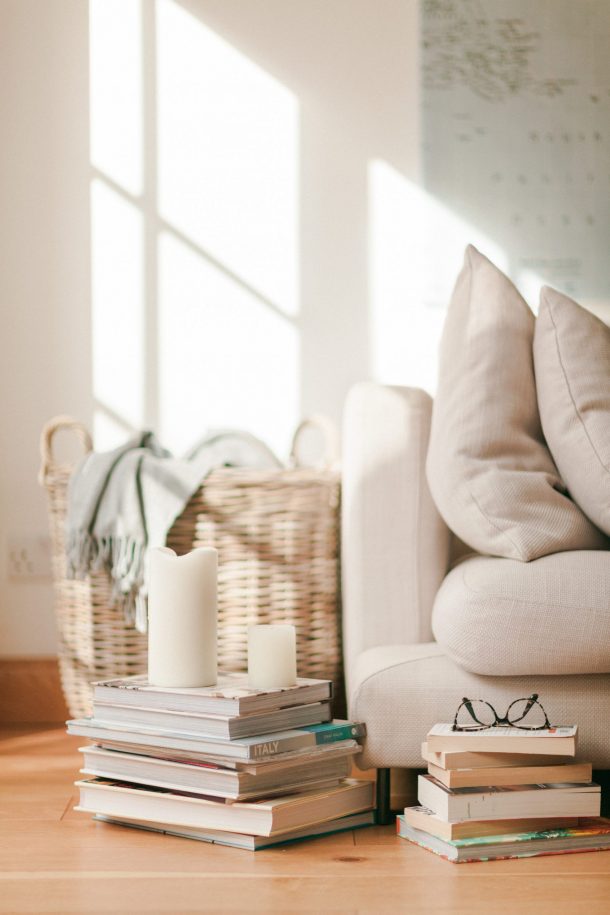Transforming Anxiety
Anxiety and other psychological disorders are usually characterized by their familiar signs and symptoms. In the case of anxiety, its stress gone wild… symptoms include excessive worry, muscle tension, restlessness, changes in sleeping and appetite, difficulty concentrating, focusing and remembering, and the like.
The mainstream approach is to control, manage or eliminate symptoms in order to stop the thoughts and consequently change negative feelings and behaviors. However, this approach neither gets to the underlying patterns of suffering, nor builds the ability to tolerate the experience of anxiety itself.
Perhaps the problem lies in the way anxiety is defined. If we see it as a disease or dysfunction, we will try to eliminate, control or manage its manifestations. But if we see it as a valuable ally in our quest for a life well lived, we might be able to mine its depths and discover pathways to real transformation.
Anxiety: Viewed As An Ally
How could anxiety possibly be our ally? First of all, if it hadn’t shown up in our lives, we probably wouldn’t be motivated to venture into this wide-open space of self-discovery. Ancient mystics and sages have always known that suffering is the true path of transformation, because without it, we’d never be motivated to do this work.
People whose lives are easy probably don’t find this kind of thing interesting; but people who suffer are very motivated to search for relief and new strategies for change. So, in an interesting way, you’ve been chosen, so to speak, by life’s circumstances to venture into new territory and get to know yourself on a level you’ve never imagined possible. In this way, anxiety can be thought of as a worthy ally and a guide into the depths of your soul.
Working With Anxiety: Start Where You Are
But practically speaking, where do you actually start on this depth-filled adventure? The good news is you simply start where you are… in the middle of all you believe that’s wrong and bad. By cultivating a scientist’s objectivity and your own natural curiosity, you can begin to slow down and tease apart the components of anxiety, especially your self-talk about anxiety.
You’ll soon discover anxiety has some basic building blocks: thoughts, physical sensations, images, emotions, underlying beliefs, memories, fears and the like. As you stay present with your experience, you’ll further discover HOW these building blocks blend and reinforce each other, fueling the fire of anxiety and keeping it strong. As you delve even deeper, you’ll notice how thought patterns get stuck in a recurrent tape loop of fear and doom, which until now, had been a largely unconscious process.
The Act of Noticing Starts the Change Process
In a paradoxical way, you’ll also discover that the very act of looking begins to propel the change process. In fact, looking, by itself, changes things because now it’s no longer an unconscious process driving your behavior without your permission. You are response-able.
With very little practice, you’ll be able to separate the physical experience of anxiety from your commentary about the experience. This commentary is, in fact, simply the recurrent thoughts that run, nonstop, along side of real life. The fact that thoughts are there is not the problem; but, as you may have noticed, with anxiety, they almost always include a powerful dose of judgment, criticism and comparison.
The Act of Separating Experience From the Thoughts About Experience
Separating the experience from the thoughts about the experience is the first step to penetrating the seeming solidity of anxiety. This process will bring you into direct contact with the observing mind, which is fundamentally different from the normal blah, blah, blah, yak, yak, yak mind.
Through yet another paradoxical twist, you’ll find that touching the observing mind, brings a sense of freedom, which in turn, reinforces your commitment to stay present with your experience, without distracting, avoiding or acting in the habitual ways. The less you avoid being with your own experience, the more easily the experience will pass right through you, because in essence, this is what thoughts and experiences do… they pass, they are transient. It is we who solidify them and keep them active, growing and in place. This is not a bad thing; it’s just human nature.
The Good News
The good news is, as you work with this, you’ll discover the same processes and strategies contained within anxiety (thought, feeling, image making, memories and self talk) can be cultivated and directed toward life enhancement and creative potential. In fact, once you recognize that you are an active participant in creating your world, the easier it becomes to access and cultivate your true vision. As you may have guessed, the basic building blocks of anxiety and creativity are the same; it is up to you how to use them.




0 Comments